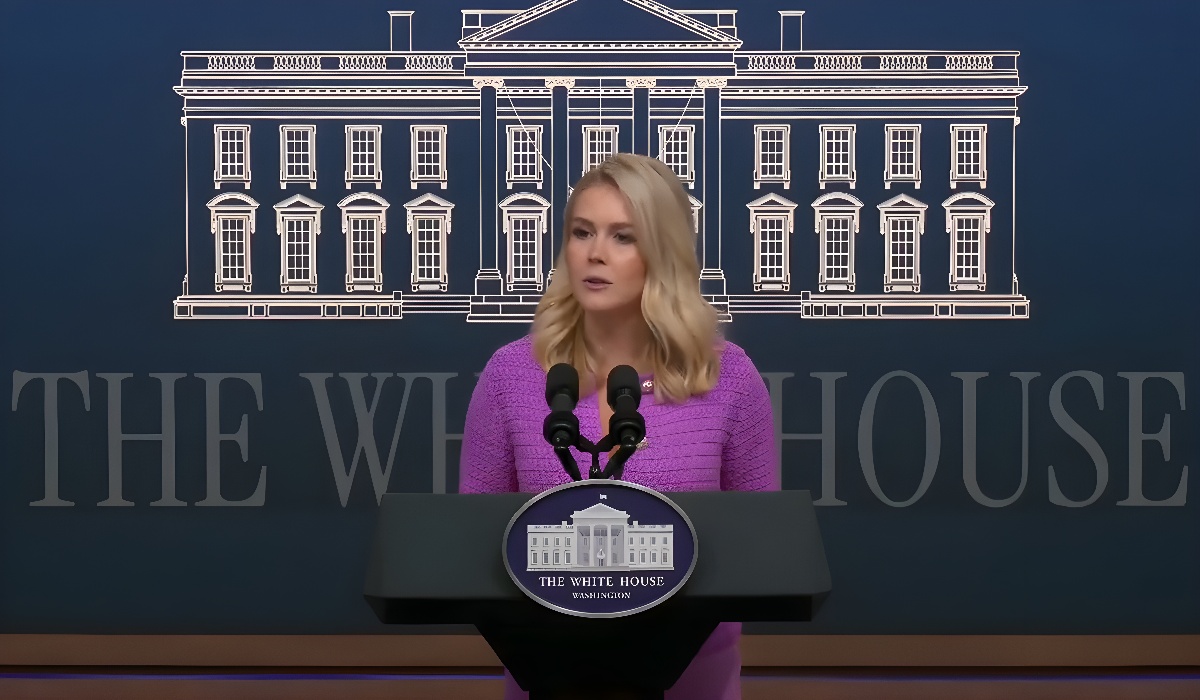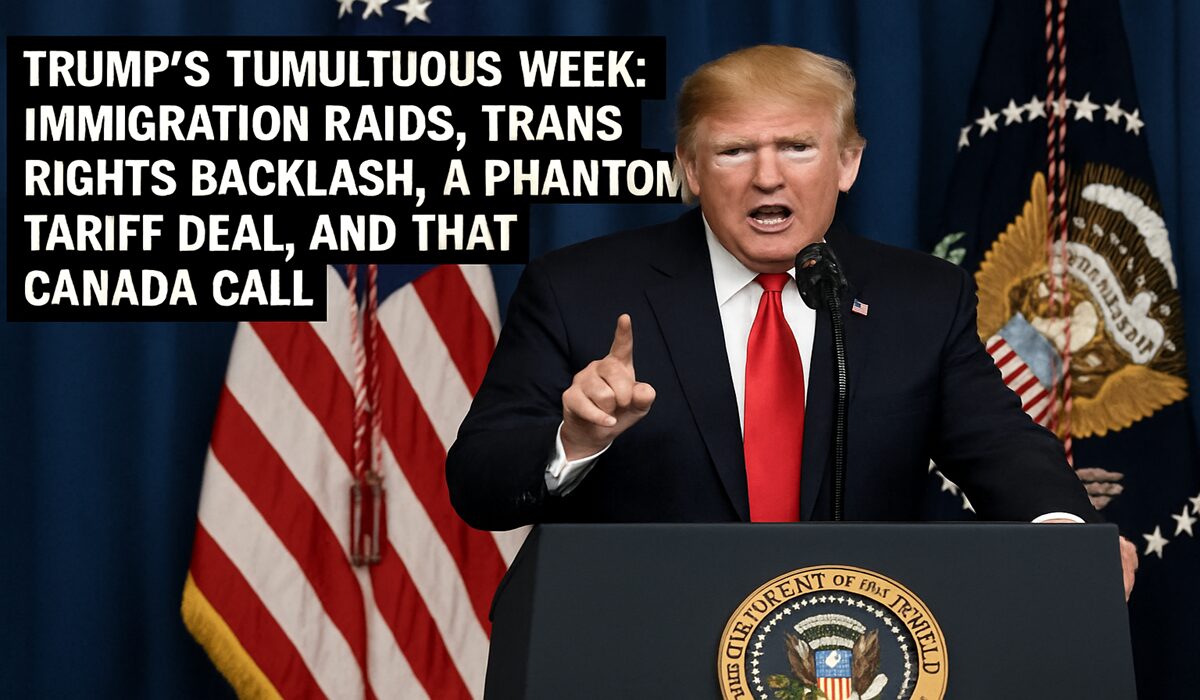Aerostructures market is estimated to be valued at US$ 87.32 Billion in 2031
- Ronak Shah
- U.S.A
- January 13, 2025

A newly published report by Coherent Market Insights reveals a sustainable growth in opportunities in the aerostructures market. Coherent Market Insights’ analyst projected the aerostructures market to be valued at US$ 87.32 Bn in 2031. It is expected to exhibit a CAGR of 4.2% over the forecast period 2024 -2031.
Increasing commercial aircraft deliveries across the globe drives market growth. Growing passenger traffic and replacement of aging fleet with new fuel-efficient aircraft are some of the major factors driving the demand for commercial aircraft. According to Airbus, around 39,210 new passenger and freighter aircraft will be required over the next 20 years, with China, India and South East Asia forecast to drive up to 20% of demand.
In addition, the demand for lightweight and fuel-efficient aerostructure components is also growing to reduce aircraft weight and operational costs, which is propelling the aerostructures market growth.
Key Market Trends: Advanced composite materials and 3D printing technology is a key trend driving market growth. Composite materials provide enhanced strength-to-weight ratio and corrosion resistance. Furthermore, 3D printing technology is revolutionizing the aerostructure manufacturing process. 3D printing helps in fabrication of complex lightweight components with optimized designs that are difficult to manufacture through traditional methods.
For instance, in 2021, Sonaca and Ferrovial partnered to develop 3D printed composite parts for commercial aircraft. They aim to certify and mass produce 3D printed composite wings and fuselage parts by 2025.
Aerostructures Market Opportunities: The empennages segment accounts for around 25% of the total aerostructures market share. It is expected to witness a CAGR of 5.2% during the forecast periodIncreasing aircraft deliveries and the need for lightweight but durable empennages is driving the growth of this segment.
Flight control surfaces segment holds around 20% of the total market share and is projected to witness a CAGR of 4.5% till 2031. The flight control surfaces segment includes aerostructures like flaps, slats and spoilers that help pilots maneuver the aircraft. Growing demand for new generation aircraft with advanced flight control capabilities is a key growth driver for this segment.
Key Market Takeaways: The global aerostructures market is anticipated to witness a CAGR of 4.2% during the forecast period 2024-2031. This is owing to rising aircraft deliveries and the need for lightweight and composite aerostructures.
On the basis of component, the empennages segment is expected to hold a dominant position, accounting for around 25% of the total market share. This is due to the increasing need for stable and durable tail assemblies.
By platform, the commercial aircraft segment holds the major share of over 60%. This is due to rising passenger traffic globally. The business aircraft segment is projected to witness the highest growth during the forecast period.
On the basis of region, North America is expected to hold a dominant position over the forecast period, accounting for over 35% of the global market share. This is due to the presence of leading OEMs like Boeing and suppliers in the region.
Competitor Insights: Key players operating in the aerostructures market include – Airbus SE, The Boeing Company, Spirit AeroSystems Inc., Triumph Group Inc., Safran SA, Collins Aerospace, GKN Aerospace, Leonardo SpA.
Recent Developments: In July 2024, Bell Helicopter’s parent firm, Textron, took action to purchase Spirit AeroSystems’ fuselage-making program for the V-280 Valor military aircraft. In light of the V-280’s selection for the U.S. Army’s next long-range assault aircraft initiative, to strengthen Textron’s position in the military aircraft industry.








